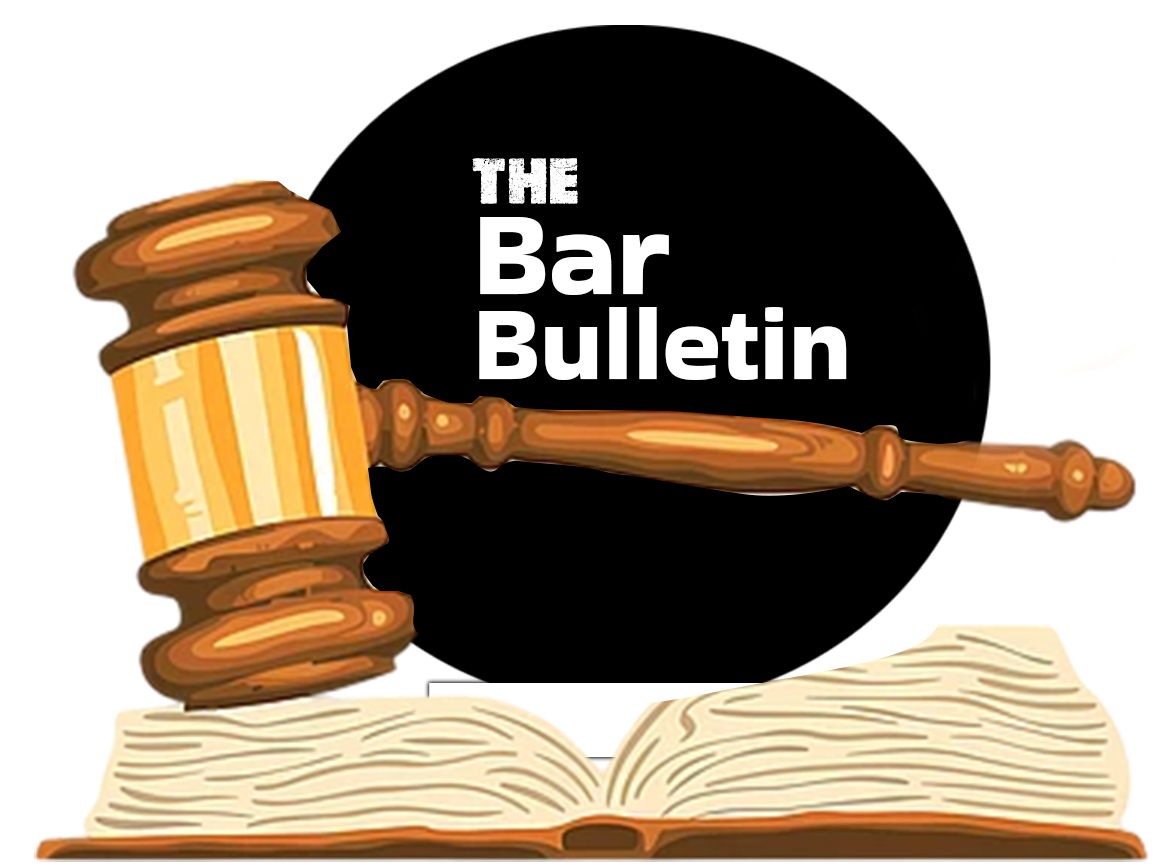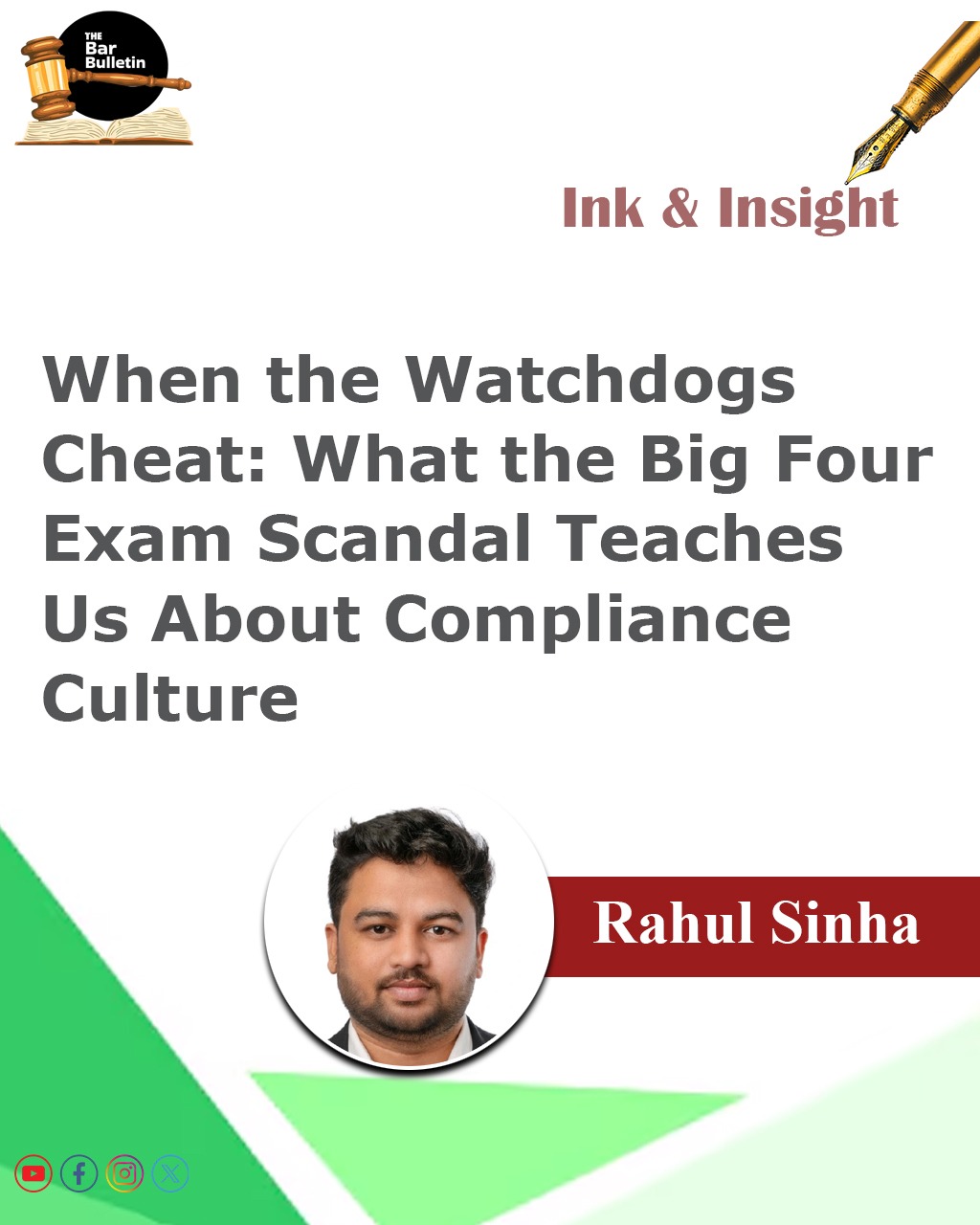There’s something particularly jarring about compliance professionals, those tasked with upholding the rules, being caught breaking them. It’s like finding out your dentist eats a kilogram of candy every night, or your gym trainer naps through cardio. And yet, that’s precisely what has happened.
Earlier this month, the U.S. Public Company Accounting Oversight Board (PCAOB) fined the Dutch arms of Deloitte, PwC, and EY a combined $8.5 million for widespread cheating. The misconduct? Hundreds of employees, including senior professionals, were found sharing answers and copying during internal ethics and technical training exams. If this sounds familiar, it should—KPMG Netherlands was fined $25 million last year for nearly identical violations.
This isn’t just a scandal for the audit world. It’s a symptom of a deeper issue: compliance fatigue, eroding ethical standards, and a culture where completing the form matters more than understanding the purpose behind it.
The Problem Isn’t Just Cheating, It’s What It Reveals
Yes, cheating on a compliance exam is clearly wrong. But the real issue lies deeper. It reflects a system that’s become mechanical. Where rules are seen not as values, but hurdles. Where training is treated as a chore to be rushed through or outsourced to a teammate.
When that mindset becomes widespread, and worse, normalized, we face a crisis of culture. Compliance, intended to safeguard integrity, becomes a ritual with no resonance.
In these environments, efficiency outranks ethics. Professionals, already balancing billables and deadlines, are expected to sit through repetitive modules that feel disconnected from real-world work. The urge to “just get it done” grows, especially when senior leaders are doing the same. At that point, it stops being a lapse. It becomes institutional.
That signals danger. It tells junior staff that cutting corners isn’t a mistake—it’s the method. If integrity is treated as theatre, there’s no reason to believe in it. The result? A slow but steady erosion of values. And with it comes exposure to scandal, whistleblowing, regulatory scrutiny, and reputational damage that can’t be undone with a fine.
The tragedy isn’t that professionals cheated. It’s that they felt safe doing it.
Compliance Is Not a Department
Having worked in compliance at a Big Four firm, I’ve seen firsthand: compliance doesn’t work when it’s siloed. It only works when it’s shared. I remember a regional training rollout we built carefully: legally sound, beautifully designed. But when it went live, engagement was flat. Some employees clicked through without reading. Others asked, “Does this even apply to me?”
That’s the challenge. When compliance is just a function, it becomes someone else’s job. But when it’s embedded in daily life, it becomes collective.
A moment that stayed with me: a colleague once flagged a vendor that had passed all formal checks. “Something feels off,” they said. That red flag didn’t come from a checklist—it came from culture. From trust. We’d built an environment where asking questions wasn’t penalized but expected.
We even worked with internal comms to sprinkle compliance nudges into newsletters, town halls, and team chats. Not in legalese, but in language people actually used. Over time, those touchpoints-built presence. People started raising issues early. We moved from policy to practice.
That’s what this scandal reminds us: even the best-funded firms crumble when compliance and culture drift apart.
Why This Keeps Happening
This isn’t a one-off. It’s happening again and again. Why?
Fatigue: Compliance becomes a box to tick, not a conversation.
Pressure: Billables, KPIs, and fire drills leave no time for reflection.
Leadership failure: When the top cuts corners, the floor caves in.
In that ecosystem, shortcuts don’t just emerge. They thrive.
What Good Compliance Looks Like
Yes, this can be fixed. But not with more policies. It needs culture-first compliance: built for humans, not just auditors.
Start with context, not clauses. Talk about real dilemmas, not just the rulebook. Good compliance sparks awareness, not apathy. Then, model it. People don’t follow memos. They follow people. Leadership integrity matters more than any training module.
Next, rethink what we reward. If speed and volume are all that get applause, then corners will be cut to get there. Recognize integrity, not just output.
Finally, stay curious. Quick pulse checks, feedback loops, and informal check-ins are more powerful than any compliance dashboard. They’re your early warning signals for ethical drift.
Because real compliance isn’t about control. It’s about creating an environment where doing the right thing doesn’t require courage, it’s just what we do.
From Scandal to Wake-Up Call
This scandal is more than an embarrassment. It’s a mirror. Is your compliance program a living part of your culture, or just wallpaper? Because when compliance is something, we endure, rather than something we embody, this is the result.
Yes, the Big Four are in the spotlight—but this isn’t just about them. It’s a lesson for every boardroom, every function, every firm.
Compliance isn’t about avoiding penalties. It’s about earning trust. And trust begins with people, not policies.
*Rahul Sinha is a Compliance Manager at LEK Consulting. He writes about compliance culture, regulatory design, and ethics in modern business.

